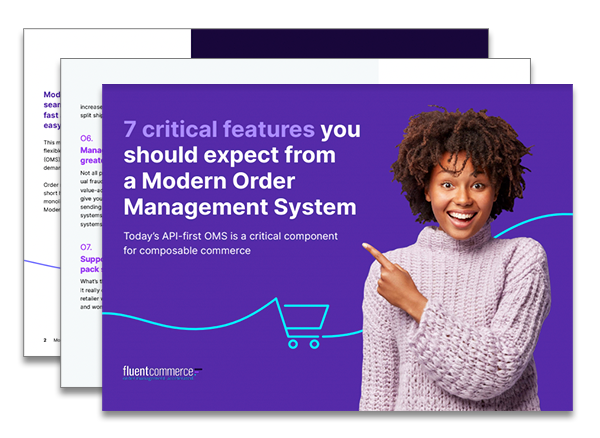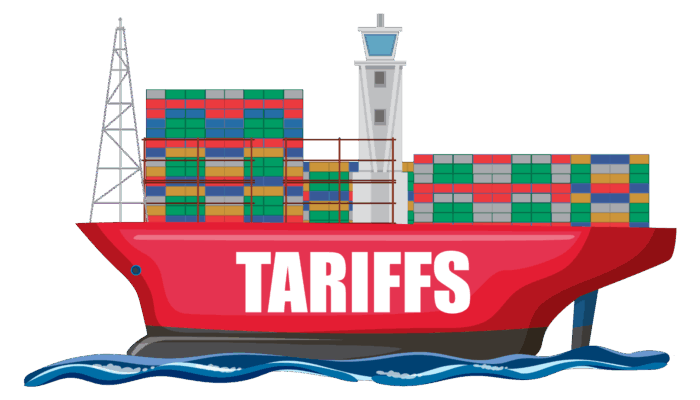The Big Bang. An interesting theory if you’re an astronomer. But terrifying if you run technology projects. Large projects are prone to scope creep. Budget overruns. Long delays. And in the age of modern tech can mean you end up implementing something that’s obsolete⸺or at least losing its appeal⸺by the time you actually finish. Ouch.
When it comes to digital transformation in the commerce space, there’s often a lot of tech involved.
- Content Management System (CMS)
- Commerce search
- Commerce platform
- Product Information Management (PIM)
- Order Management System (OMS)
And they often get listed in a rough ‘front end to back end’ order. But that doesn’t mean it’s an ideal order of implementation. Why not? Because some of them can be implemented WAY faster than others. And which ones go slower? The ones that require more creative content. Think about it.
Both a CMS and a PIM require a rich set of product information and images for every item. And typically, if you’re rolling out a new commerce platform and experience, you want it to be visually powerful. It needs to provide a noticeable uplift in customer experience. One you hope will increase conversions and sales. An order management system on the other hand, doesn’t require all that creative effort. Or as many iterations. Yes, you need to define your order lifecycle workflows, and how inventory will be presented. But in comparison to creative content, it’s pretty straightforward.
Identify your inventory data sources. Integrate with them. Design your order workflows. Implement them. Design your in-store pick/pack flow and/or customer service flow, then implement it. It’s a back end application that supports operational processes. You know you’re going to iterate on it over time. So it doesn’t have to be perfect on day one. What does that mean?
It’s a great place to start your digital transformation project. Here are three reasons why.
1. Order Management System Projects are Lower Risk than Ecommerce
That may sound counterintuitive. Why? Because an OMS is integrated with a lot of other systems. So it feels hard. Complex. Risky. But here’s the thing. While an OMS project does involve a lot of integrations compared with a smaller point solution, most of it isn’t customer facing. Yes, an OMS drives the fulfillment experience, and presents data, but doesn’t control the front end user experience. So it doesn’t require all the flashy content of a PIM and CMS that feed a commerce platform. If you take a ‘big bang’ approach to digital transformation and any one of those project stalls, or takes longer than expected (and it happens more often than you might think), it takes way longer to get any real value from your investment. And that’s high risk. The good thing is, an OMS project can be run independently.
2. An OMS Can Provide Value Without a New Commerce Platform
Data is data. Still using an older commerce platform? No problem. As long as you have a PDP and checkout flow, you can still enhance it with accurate inventory availability data from your OMS. This can help increase your ‘add to cart’ rate and ‘cart completion’ rate, even if you don’t yet have a flashy new ecommerce front end experience. How much would that benefit your business?
What’s more, an OMS is key to building Amazon-like trust in your inventory availability and fulfillment experience. You can’t afford to get it wrong. But even better, you can de-risk an OMS project further. How?
3. Rollout Order Management System Implementation in Phases for a Faster ROI
By starting small and adding more capabilities over time, you can roll out your order management system in phases. With a best-in-class, flexible OMS, you can focus on your biggest pain point first. If canceled orders are a challenge, start with a unified view of your inventory availability data. That way you can close the gap between demand and revenue and improve customer satisfaction.
Struggling with too many manual processes during the order lifecycle? Start with order orchestration. With flexible workflows, you can automate manual processes and escalations, free up labor for higher value tasks, and provide a better customer experience. Unfortunately, that’s not typically an option when replacing legacy commerce tech. It’s often an ‘all or nothing’ approach. So you don’t start seeing a return until the full rollout is complete – which can take a while. On the contrary, OMS project timelines are shorter and you start seeing the return sooner.
An MVP (minimum viable product) OMS project can go-live in 6-12 weeks. Even a really complex one rarely takes more than 9 months. That means you can impact key KPIs faster, and get a tangible return on your investment.
Summary
When it comes to an ecommerce digital transformation, don’t let a commerce project kill your order management system ROI – or your reputation. If you want to deliver value to your business faster and readily improve customer experience, be smart and start small. Take a phased approach to rollout. Iterate then innovate. And build trust across the business in your ability to drive successful change. Start with OMS.
Interested in hearing real-world results of phased OMS rollouts? Contact us today.




